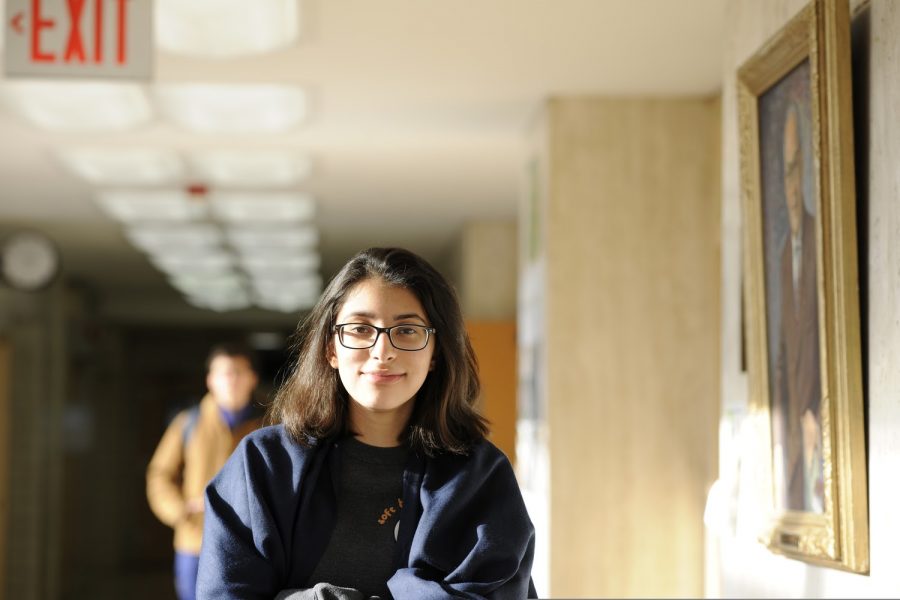Mutual Understanding and Communication are the Key Towards Making Virtual Schooling Work Best for Teachers and Students Alike
Anika Thapar ’21 believes that any problems between teachers and students during this remote learning period can be solved with simple conversations (at the end of Zoom classes, for instance) and by being considerate towards each other. “Just an honest conversation can go a long way,” said Thapar.
We are in the midst of a novel and global Coronavirus pandemic, the likes of which the world has never seen before. Consequently, schools around the world have had to adapt very quickly to pivoting their instruction towards remote learning, with little prior experience in how best to do this. Our nation and the world are undergoing a great experiment in how best to offer virtual online instruction during this unprecedented time. Needless to say, there is a learning curve for everyone, teachers and students alike.
At Bronx Science, teachers have needed to create lesson plans that work with both synchronous classes (Zoom and Google Meets classes) and asynchronous classes (assignments that students work on during their own time and submit through Google Classroom). For Science teachers in particular, replicating labs in person from the teacher’s home is much more difficult than doing it in person at school in the days before the pandemic struck.
All of us are adapting and learning how to better adapt to our new world of virtual schooling, teachers and students alike. Admittedly, I can’t help but internally groan if a minute of precious Zoom class time is wasted on figuring out the logistics of a faulty Jamboard page. When I was first tasked with creating a Zoom meeting in mid-October 2020, I spent a good few minutes scrambling with break out rooms before giving up. I had to pass the responsibilities for this onto a friend, in order to make it work. If a seventeen year old high student like me struggles with technology on occasion, then teachers will too. Students need to understand that the effort that their teachers have been putting into their virtual classes is impressive, given the constraints of virtual teaching.
“Teachers have been working hard to make this school year as similar to a regular school year as possible. They have had a limited amount of time to reimagine their curriculum for virtual schooling,” said Anika Thapar ’21. Even with the occasional technological hiccups, students should be gracious, realizing that we are all in this new world together.
This year is a challenging one for teachers and students alike. Without being able to see each other in person on a daily basis, our screens make it harder to foster connections. It is especially important right now that students and teachers take the responsibility to communicate with each other. Many Bronx Science teachers have polled their students requesting feedback so that they can adjust students’ workloads; these surveys should be taken seriously by students. Our communication with one another should be done with honesty and empathy. Teachers should assign less work during holidays in order to give students and teachers alike a true break, just as students need to be cognizant of their teacher’s occasional technical difficulties during virtual schooling.
All of us are adapting and learning how to better adapt to our new world of virtual schooling, teachers and students alike.
Logan Klinger is an Editor-in-Chief of ‘The Science Survey.' She loves journalism because it allows for the opportunity to study society through different...
Angela Phuong is a Managing Editor/Advisory Editor for 'The Science Survey.' She enjoys journalistic writing because she can keep others updated on current...











